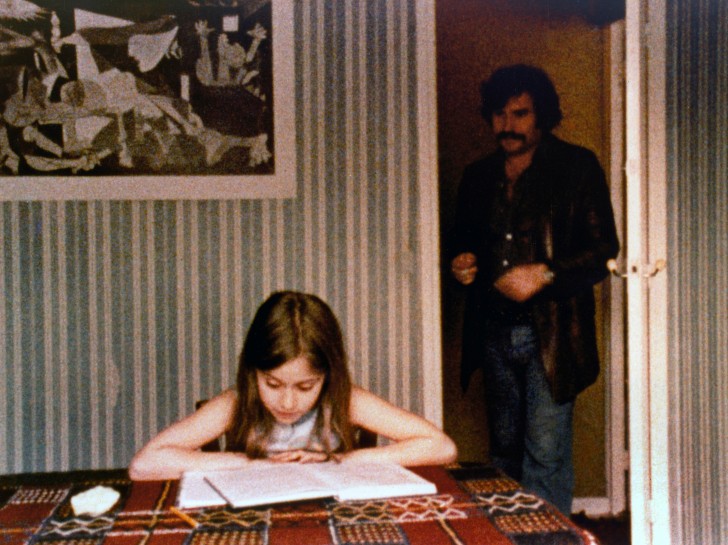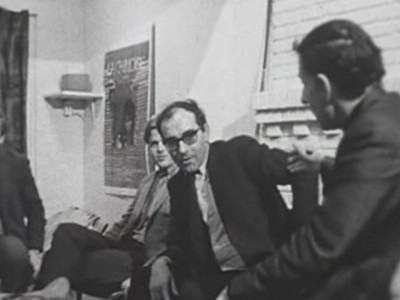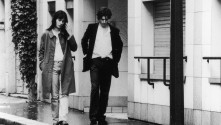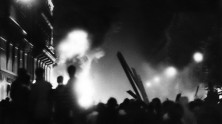
Ici et ailleurs
Two American Audiences
Ici et ailleurs originated as a commission by the Arab League to document the Palestinian struggle. Godard and Gorin gathered images for the tentatively titled Until Victory, but when many of the people they had filmed were killed by the Jordanian army in Black September, the material was shelved until Godard and Miéville reshaped the footage years later, manipulating the images to “address issues of genocide, social injustice, [and] theatrical presentation… Ici et ailleurs acknowledges that although the 1970 footage in the film is “real,” the editorial decisions involved in constructing the final film are equally “real,” and they shape, distort, reconstruct, and otherwise transform the flickering images of dead Palestinians into a work which is a meditation on the creation of history, and the images that record (and transmute) that history into the fabric of our lives” (Wheeler Winston Dixon).
When Godard came to New York to make One AM with me and Ricky Leacock, he was anxious to see America before the revolution broke out, torn up as it was with the Vietnam furor. We had arranged a lecture for a class of NYU graduate students, which we decided to film for the fun of it. La Chinoise was playing around the corner, and Columbia University students, who had initiated their student uprising on the day the film opened, poured into the theater. This to our unexpected delight, for when Godard had arranged for us to distribute the film, we had done so with misgiving, as his films were not normally known to fill theaters. It [soon] occurred to us that there were two audiences involved, and maybe that our film should be about that. – D.A. Pennebaker















